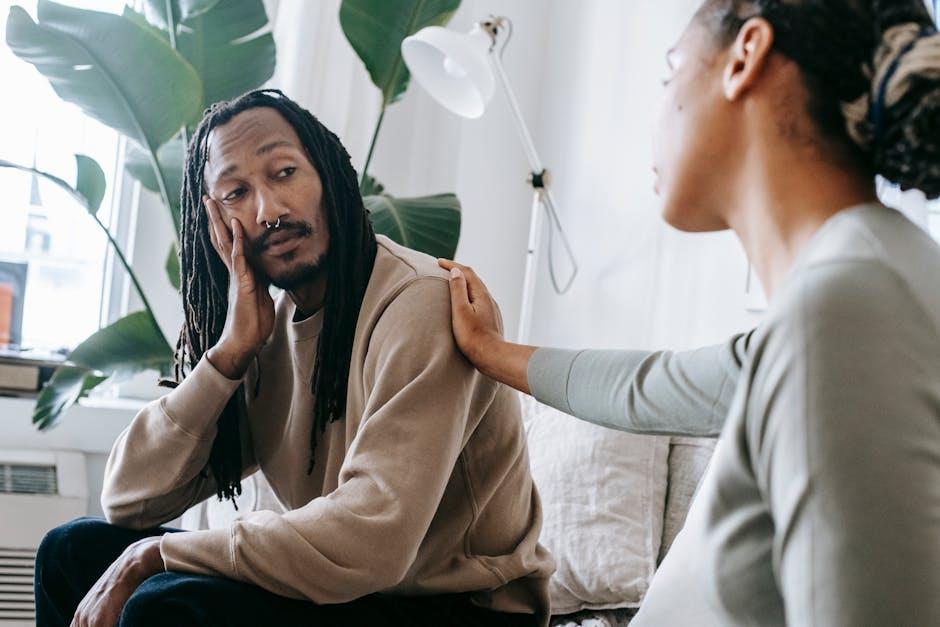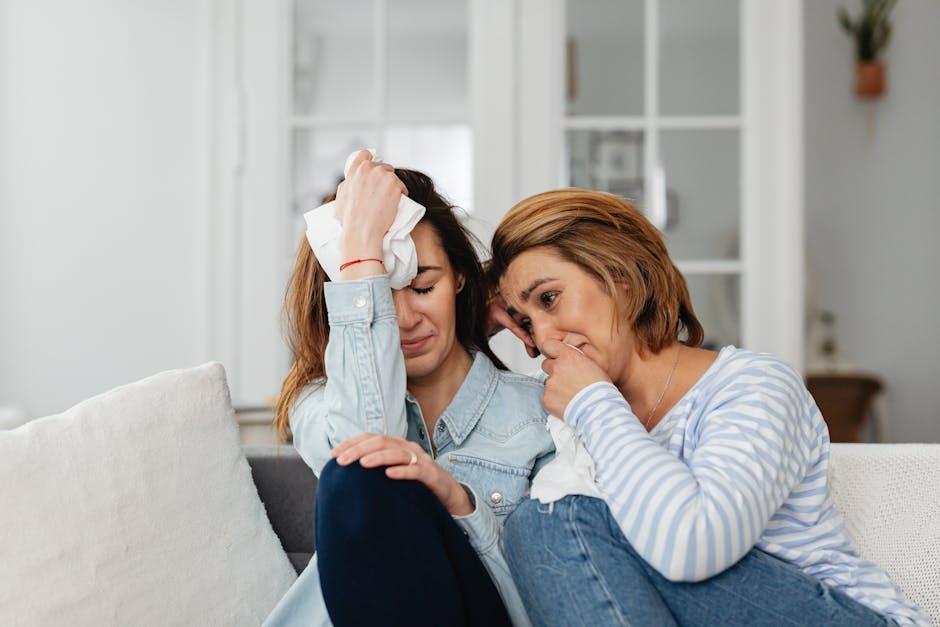In the intricate dance of human connection, emotional wounds can be both the unseen scars and the silent saboteurs of our relationships. They linger in the shadows, whispering doubts and fears, often without us even realizing their presence. Yet, just as a garden thrives with care and attention, so too can our relationships flourish when we address these hidden hurts. This article explores the art and science of healing emotional wounds, offering insights and strategies to not only mend what is broken but to also fortify the bonds that tie us to those we cherish. Whether you’re navigating the stormy seas of conflict or simply seeking to deepen your connection, understanding how to heal and strengthen can transform your relational landscape into one of resilience and growth.
Understanding the Roots of Emotional Pain
Emotional pain often stems from deep-seated issues, manifesting in various forms that can disrupt our relationships. Recognizing these roots is the first step toward healing. Many times, emotional wounds are tied to past experiences, childhood memories, or unmet expectations. Identifying these sources is crucial because it allows individuals to address the underlying causes rather than just the symptoms. By delving into the origins of emotional discomfort, we can begin to dismantle the barriers that hinder our personal growth and relational harmony.
- Childhood Influences: Early experiences can shape our emotional responses and expectations in relationships.
- Unmet Needs: Often, emotional pain arises from unfulfilled desires for love, validation, or security.
- Past Traumas: Traumatic events can leave deep emotional scars that affect current interactions.
- Negative Self-Perceptions: Internalized negative beliefs about oneself can lead to self-sabotaging behaviors.
By exploring these areas, we can gain insights into our emotional landscape and learn to navigate it with empathy and understanding. This self-awareness not only promotes healing but also fortifies our relationships, fostering a deeper connection with ourselves and others.

Cultivating Empathy and Open Communication
Fostering empathy within your relationship involves more than just understanding your partner’s perspective; it requires an active engagement with their emotions and experiences. Begin by practicing active listening, which means giving your full attention when your partner speaks, maintaining eye contact, and avoiding interruptions. Reflect back what you hear to ensure understanding, and ask open-ended questions to encourage deeper conversation. Empathy grows when both partners feel heard and validated, paving the way for open communication.
Creating an environment of open communication is essential for healing emotional wounds. Establish trust by being honest and transparent about your feelings, even when it feels uncomfortable. Use “I” statements to express your emotions without placing blame, such as “I feel hurt when…” or “I need…”. This approach reduces defensiveness and fosters a more supportive dialogue. Here are a few ways to promote open communication in your relationship:
- Set aside regular time for meaningful conversations, free from distractions.
- Encourage vulnerability by sharing your own fears and concerns.
- Be patient and allow your partner the space to express themselves at their own pace.
By cultivating empathy and nurturing open communication, you create a safe space for both partners to express their needs and heal together, ultimately strengthening the bond you share.

Building Trust Through Shared Vulnerability
In the tapestry of human connection, the threads of vulnerability are what create the most vibrant patterns. Embracing vulnerability means opening up about your fears, insecurities, and past wounds, allowing your partner to see the real you beneath the layers. This shared openness can become a powerful bridge, transforming emotional scars into stepping stones for deeper intimacy. When you allow yourself to be truly seen, you create a safe space where your partner feels encouraged to do the same.
- Authenticity: Sharing your true self encourages a genuine connection that strengthens the emotional bond.
- Empathy: Understanding each other’s vulnerabilities fosters compassion and a deeper understanding of each other’s experiences.
- Mutual Growth: Navigating challenges together can lead to personal and relational growth, fortifying the partnership.

Nurturing Emotional Resilience Together
Building emotional resilience within a relationship is a journey best undertaken together. It involves open communication and a shared commitment to healing. Listening is key; practice active listening to truly understand your partner’s feelings. Empathy follows, allowing you to validate their experiences without judgment. This empathetic connection can be a powerful catalyst for healing.
- Create a safe space where both partners feel comfortable expressing their emotions.
- Engage in regular check-ins to discuss feelings and address any concerns before they escalate.
- Practice gratitude to focus on the positive aspects of your relationship, reinforcing emotional bonds.
- Embrace vulnerability by sharing your own emotional wounds, fostering a deeper mutual understanding.
Remember, resilience is not about avoiding difficulties but facing them together, turning challenges into opportunities for growth and deeper connection.








